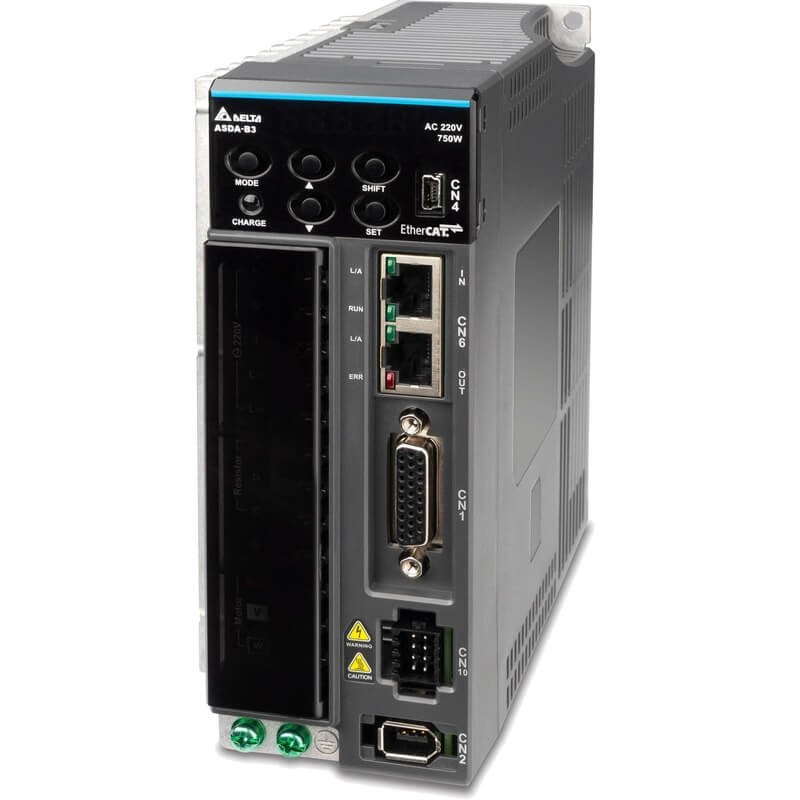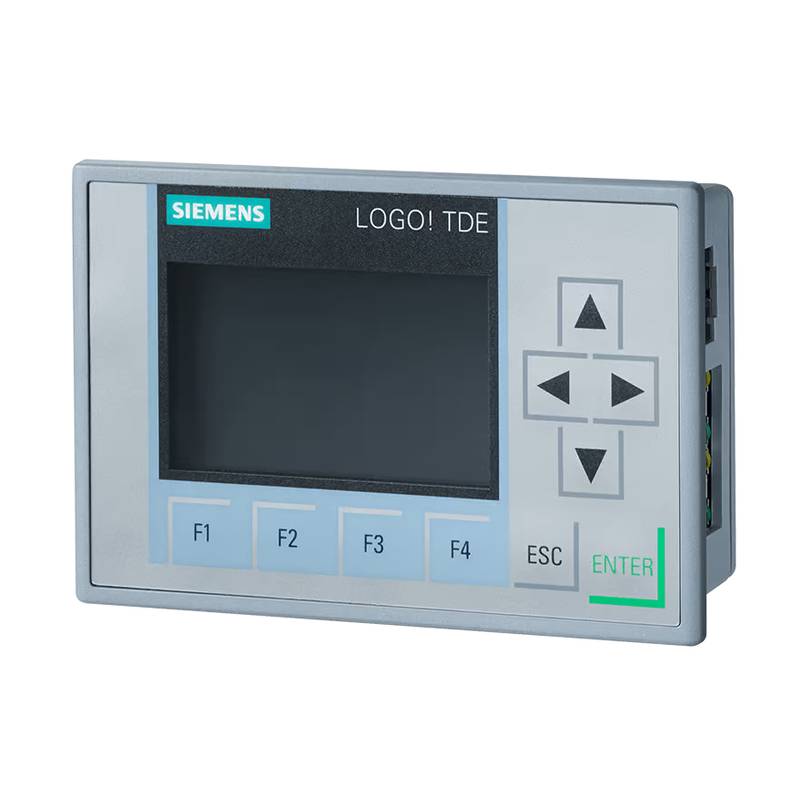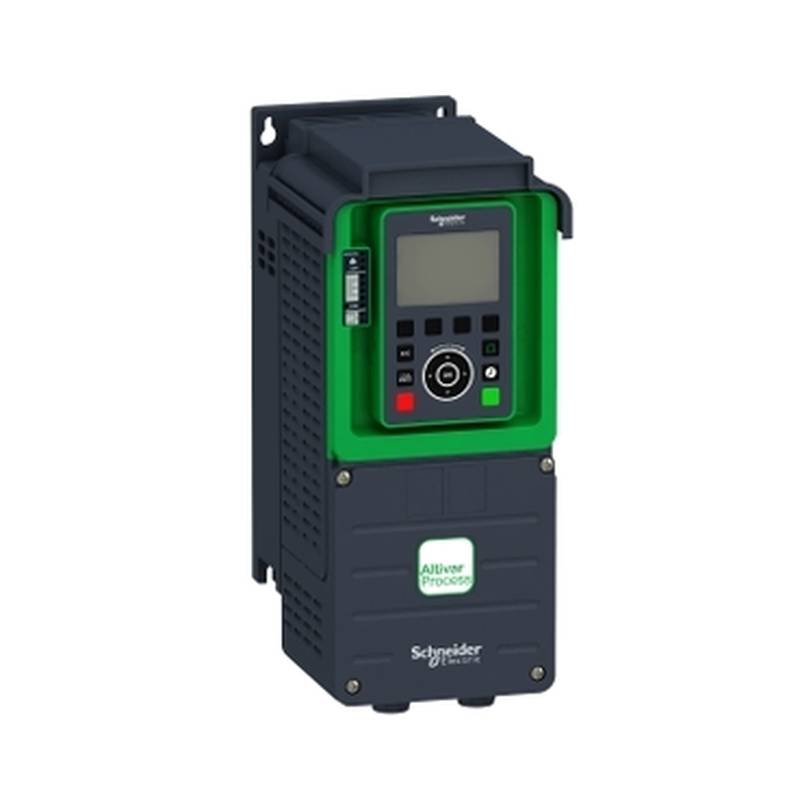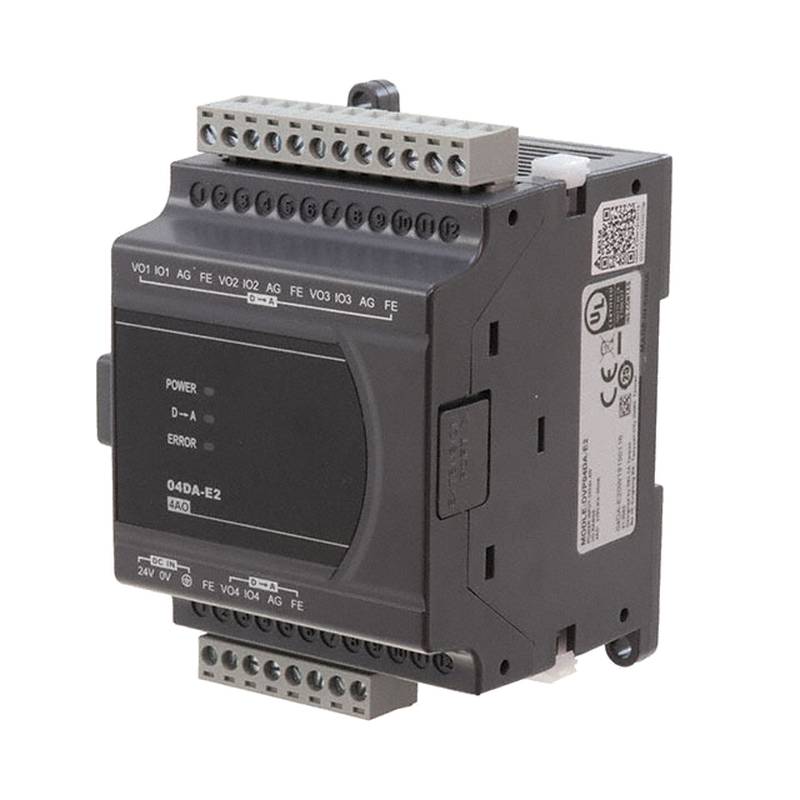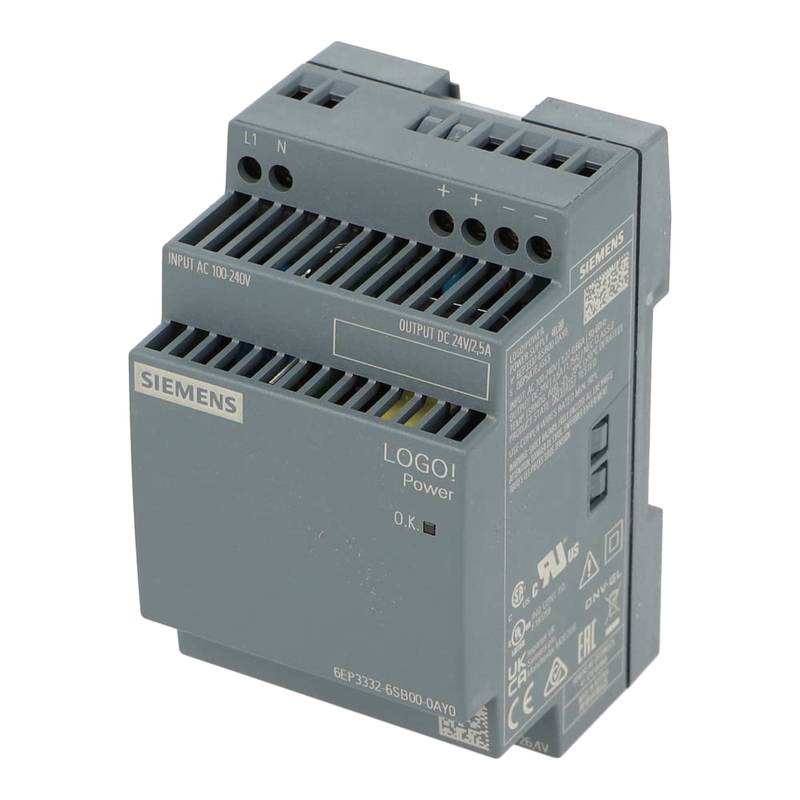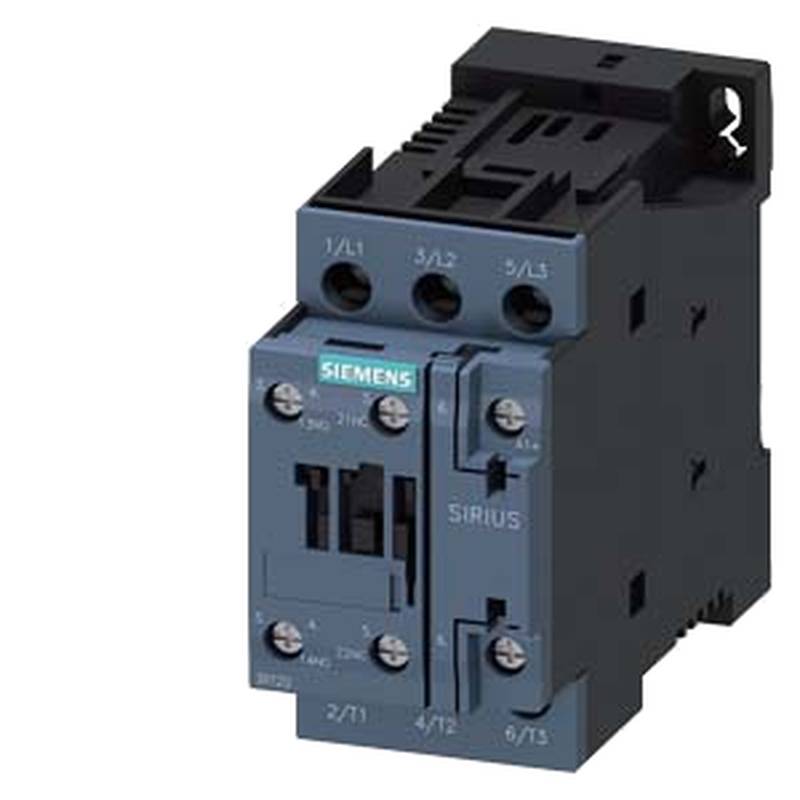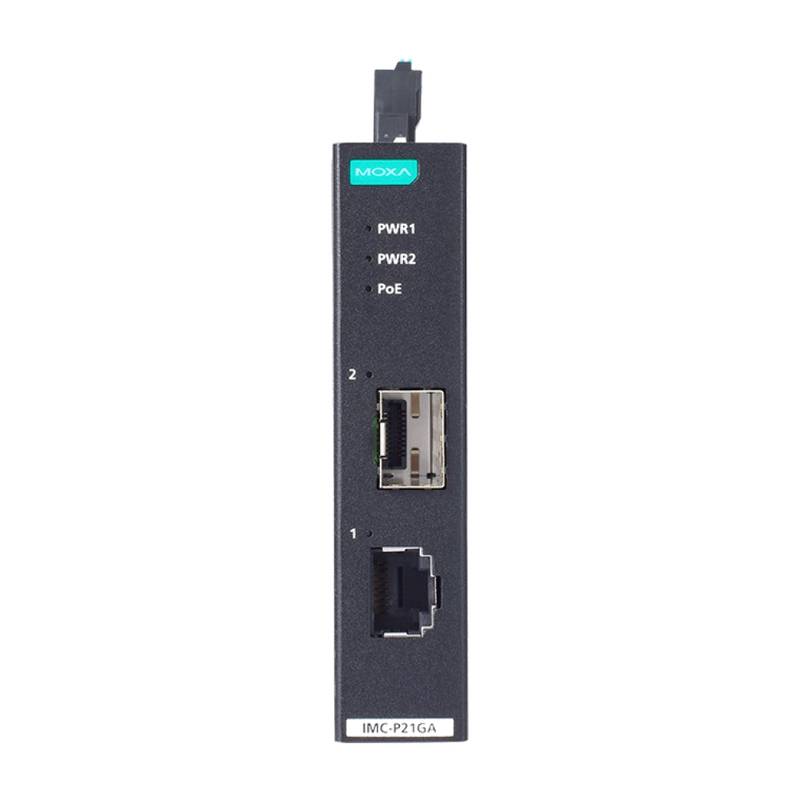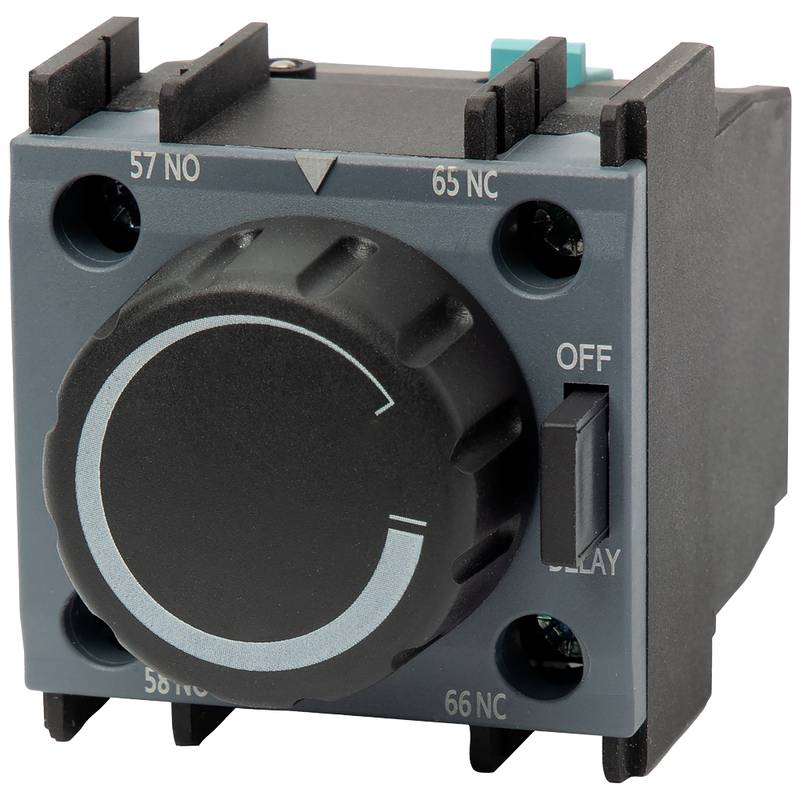
The Siemens 5SN6413-7CN Motor Circuit Protection MCB is a robust 4-pole, 13-amp Miniature Circuit Breaker engineered for safeguarding electric motors against overloads and short circuits. This advanced device offers superior tripping characteristics, ensuring rapid and reliable motor protection in demanding industrial environments. Its compact design and high breaking capacity make it an ideal choice for various motor control applications, providing essential operational safety and equipment longevity. The Siemens 5SN6413-7CN MCB is built to meet stringent international safety standards, delivering dependable performance and peace of mind.
Product Specifications
| Feature | Specification |
| :----------------------- | :------------------------------------------ |
| Product Type | Motor Circuit Protection MCB |
| Manufacturer | Siemens |
| Model Number | 5SN6413-7CN |
| Number of Poles | 4 |
| Rated Current (In) | 13 A |
| Tripping Curve | C (for motor protection, delayed tripping) |
| Breaking Capacity (Icn) | 6 kA (typical for this series) |
| Voltage Rating (Ue) | 400V AC (typical) |
| Frequency | 50/60 Hz |
| Protection Type | Thermal-magnetic |
| Mounting | DIN rail |
| Ambient Temperature Range| -25°C to +55°C (typical) |
Core Features & Market Positioning
The Siemens 5SN6413-7CN distinguishes itself through its precise thermal-magnetic tripping mechanism, offering optimal protection for motors by differentiating between harmless short-term inrushes and damaging sustained overloads. This enhanced selectivity prevents nuisance tripping while ensuring swift disconnection during fault conditions, a critical advantage in automated production lines where downtime is costly. Its robust construction and high breaking capacity (typically 6 kA for this series) provide superior safety margins, positioning it as a reliable component in Siemens' extensive industrial control and protection portfolio. The 4-pole configuration ensures complete disconnection of all phases and the neutral conductor, crucial for certain motor control schemes and safety regulations.
Key Application Scenarios
This 4-pole, 13A MCB is specifically designed for the direct protection of individual electric motors in a wide array of industrial settings. Common applications include safeguarding motors in conveyor systems, pumps, fans, compressors, and machine tools where consistent and reliable operation is paramount. Its C-curve tripping characteristic is well-suited for loads with moderate inrush currents, such as standard squirrel-cage induction motors, providing effective protection against both short circuits and thermal overloads without unnecessarily interrupting normal operation. The 13A rating is ideal for medium-sized motors commonly found in manufacturing, process control, and building services.
Practical System Integration Guidance
Integrating the Siemens 5SN6413-7CN into existing control panels is straightforward due to its standard DIN rail mounting and compact dimensions. Electrical connections are made via the screw terminals, which accommodate standard wire gauges for 13A circuits. For optimal performance and safety, ensure that the incoming power supply is correctly phase-balanced and that the MCB's rated current (13A) is appropriately matched to the motor's full-load current, considering service factors and potential starting current demands. Always refer to the motor nameplate and relevant electrical codes for precise installation parameters. Proper wiring ensures reliable thermal protection and timely short-circuit interruption.
Operation and Risk Mitigation
The Siemens 5SN6413-7CN operates by employing a bimetallic strip for thermal overload detection and an electromagnet for short-circuit detection. When an overload occurs, the bimetallic strip heats up and bends, eventually tripping the mechanism. In the event of a short circuit, the electromagnet generates a strong magnetic field that causes immediate tripping. To mitigate risks, ensure correct sizing of the MCB for the protected motor and the wiring used. Avoid bypassing or tampering with the internal mechanisms. Regular visual inspections for damage and secure terminal connections are recommended. If frequent tripping occurs, investigate the cause, such as motor issues, voltage fluctuations, or incorrect MCB rating.
Scalability & Long-Term Value
The 5SN6413-7CN MCB integrates seamlessly with other components within Siemens' vast industrial automation ecosystem, such as contactors, overload relays, and control panels. This compatibility ensures that it can be part of scalable motor control solutions that can be expanded or upgraded as production demands evolve. While the MCB itself is a fixed-rated device, its inclusion in a well-designed system allows for future enhancements in control logic or communication by pairing it with intelligent motor management systems or programmable logic controllers (PLCs). This focus on interoperability provides long-term value by protecting investments in existing infrastructure.
Frequently Asked Questions
Q1: What is the primary function of the Siemens 5SN6413-7CN MCB?
This MCB serves as a vital safety device for electric motors. It protects them from damage caused by overcurrents and short circuits. Its design ensures motor longevity and operational reliability.
It offers both thermal overload and instantaneous short-circuit protection. This dual functionality safeguards against various fault conditions. The device provides crucial operational safety.
The primary goal is to prevent motor burnout and potential electrical fires. It achieves this by quickly interrupting the power supply when abnormal current is detected. This ensures system integrity.
Q2: What does the "C" in the tripping curve designation signify?
The "C" designation refers to the MCB's tripping characteristic. It indicates a medium level of inrush current capability. This makes it suitable for inductive loads like motors.
This curve allows for higher temporary currents during motor startup. It differentiates normal start-up surges from damaging short circuits. Thus, it prevents nuisance tripping.
In essence, a C-curve MCB trips between 5 to 10 times the rated current. This range is optimal for many standard motor applications. It balances protection with operational continuity.
Q3: Can the Siemens 5SN6413-7CN be used for residential applications?
This specific MCB model is designed for industrial motor protection. Its specifications are tailored for commercial and manufacturing environments. It is not intended for standard household electrical systems.
Industrial MCBs like the 5SN6413-7CN often have specific tripping characteristics and breaking capacities. These are optimized for heavy-duty motor loads. Residential breakers typically have different ratings and curves.
For residential use, standard circuit breakers (e.g., B or C curve for lighting/sockets) are appropriate. Always consult local electrical codes and standards for correct application.
Q4: What is the rated current and why is it important?
The rated current of the Siemens 5SN6413-7CN is 13 Amperes (A). This is the maximum continuous current the device can safely handle. It's a critical parameter for selecting the right protection.
Selecting the correct rated current is essential for effective motor protection. It must be matched to the motor's full-load current rating. This ensures the MCB trips only during actual overloads or faults.
An undersized MCB will trip too often, causing production interruptions. An oversized MCB may fail to protect the motor adequately, leading to damage. Proper sizing is key to safety and efficiency.
Q5: How does the 4-pole configuration benefit motor protection?
A 4-pole MCB simultaneously disconnects all three phases and the neutral conductor. This provides complete isolation of the motor from the power supply. It's crucial for safety during maintenance.
This configuration ensures that no residual voltage remains on the motor windings. It enhances safety for personnel working on the equipment. It also complies with specific safety regulations in some industries.
For certain types of motor control circuits, particularly those involving three-phase supplies with a neutral, a 4-pole device offers superior protection and isolation compared to a 3-pole unit.
Q6: What is the breaking capacity (kA) of this MCB?
While specific data for the 5SN6413-7CN may vary slightly by exact sub-model, MCBs in the Siemens 5SN6 series typically feature a breaking capacity of 6 kA. This indicates the maximum fault current the MCB can interrupt safely.
A higher breaking capacity is vital in industrial settings where fault currents can be significant. It ensures the MCB can safely clear a short circuit without sustaining damage itself. This prevents cascading failures.
The 6 kA rating is generally sufficient for many common industrial distribution systems. However, for systems with higher prospective fault currents, MCBs with greater breaking capacities would be required.
Q7: What is the difference between thermal and magnetic tripping?
Thermal tripping protects against sustained overloads. A bimetallic strip heats up due to excess current and bends, triggering the circuit break. This prevents motor overheating.
Magnetic tripping responds to sudden, high-magnitude currents like short circuits. An electromagnet creates a magnetic field that instantly trips the mechanism. This provides rapid fault clearance.
Together, these two mechanisms offer comprehensive protection. The thermal element handles gradual overloads, while the magnetic element reacts to instantaneous faults. This ensures robust safety.
Q8: How do I install the Siemens 5SN6413-7CN MCB?
Installation involves securely mounting the MCB onto a standard 35mm DIN rail. Ensure the rail is properly grounded. Then, connect the line conductors to the output terminals and the load conductors (motor leads) to the input terminals.
Pay close attention to the correct terminal connections. Typically, power flows from top to bottom, with line connections at the top and load connections at the bottom. Ensure all connections are tight and secure using appropriate tools.
Before energizing, double-check all wiring against the motor control diagram and relevant electrical codes. Verify that the MCB's rated current and characteristics are suitable for the motor being protected. Always follow safety protocols.
Q9: What are common troubleshooting issues with motor circuit protection?
Frequent tripping of the MCB is a common issue. This can indicate a motor overload, a short circuit in the motor windings or wiring, or an undersized MCB. Investigate the motor's load and current draw.
Another issue is the MCB failing to trip during a fault. This is rare but points to a faulty MCB or improper installation. It poses a significant safety risk and requires immediate attention.
Loose connections can cause overheating at terminals, leading to nuisance tripping or failure. Ensure all connections are clean, tight, and correctly torqued. Regular inspection is vital.
Q10: Is this MCB compatible with Siemens Sirius motor starters?
Yes, the Siemens 5SN6413-7CN is designed to work seamlessly with other Siemens industrial components, including the Sirius range of motor starters and contactors. This integration ensures a coordinated and reliable motor control solution.
Utilizing compatible components from the same manufacturer simplifies system design and installation. It also enhances the overall performance and safety of the motor control assembly. This interoperability is a key advantage of the Siemens ecosystem.
The MCB provides short-circuit protection, while Sirius contactors handle switching and overload relays offer thermal protection. This combination forms a complete and robust motor protection system.
















